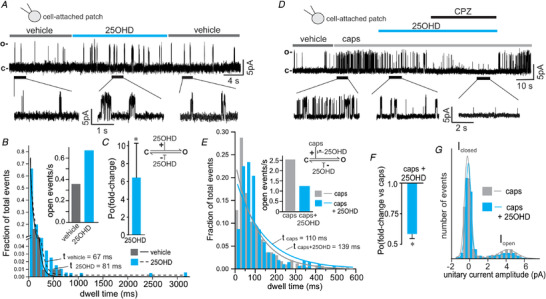Figure 2. TRPV1 single channel kinetic analysis.

A, representative single channel current recording of TRPV1 and the effects of 100 nM 25OHD using the cell‐attached patch‐clamp mode. B and C, single channel analysis illustrating that 100 nM 25OHD increases the time spent in the open state (dwell time) and the frequency of open events (B), resulting in a significant 6.4 ± 4.8‐fold increase in open probability (C, n = 5 cells). D, representative TRPV1 single channel current recording illustrating the inhibitory effects of 100 nM 25OHD and 1 µm capsazepine (CPZ) on currents induced by capsaicin (caps) using the cell‐attached patch‐clamp mode. E and F, single channel analysis illustrating that 100 nM 25OHD is still able to increase the time spent in the open state (dwell time) although the frequency of channel opening is reduced (inset graph), resulting in a significant reduction in open probability (P o) (caps/25OHD = 0.6 ± 0.1‐fold change, n = 4 cells, F). G, unitary current amplitude histogram of 1 µm capsaicin‐induced TRPV1 single channel activity (open state amplitude = 4.3 and 4.1 pA for caps and 25OHD, respectively). Channel open dwell time and opening events per second are presented as total absolute number of all the events collected. Statistical analysis was performed with a paired Student's t test, * P < 0.05. [Color figure can be viewed at wileyonlinelibrary.com]
